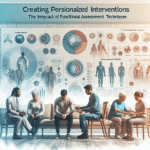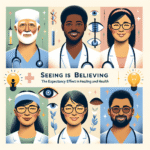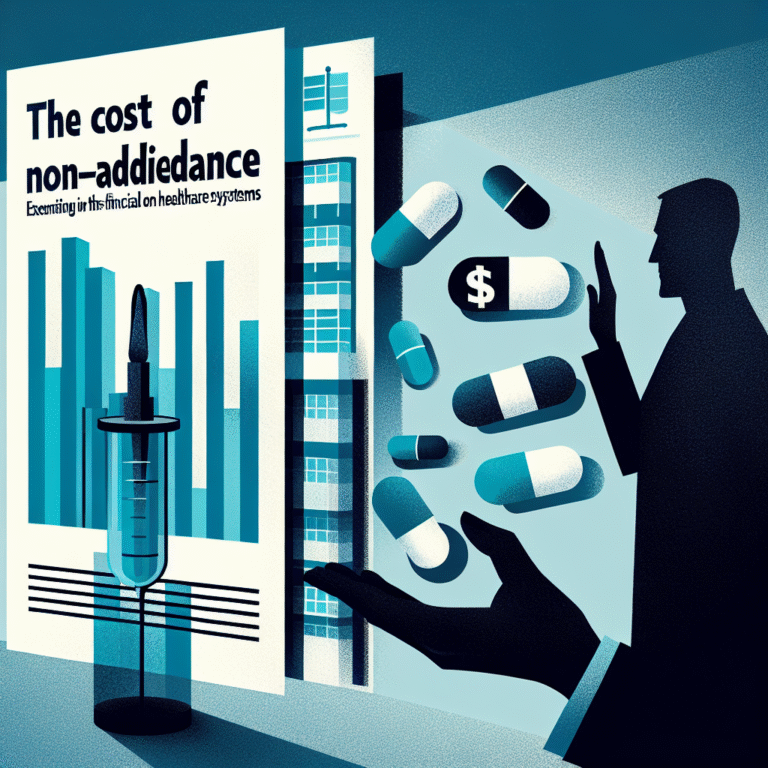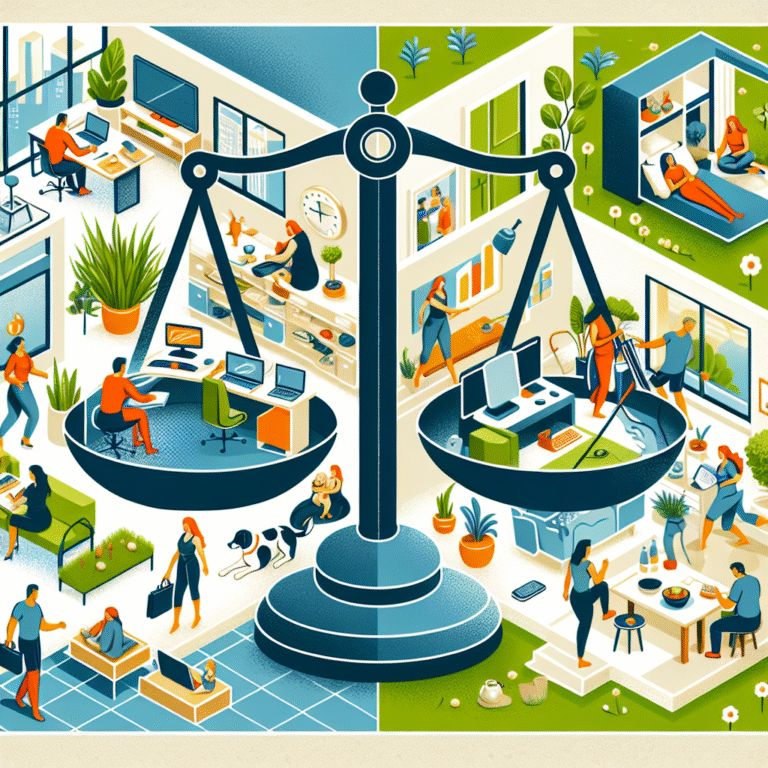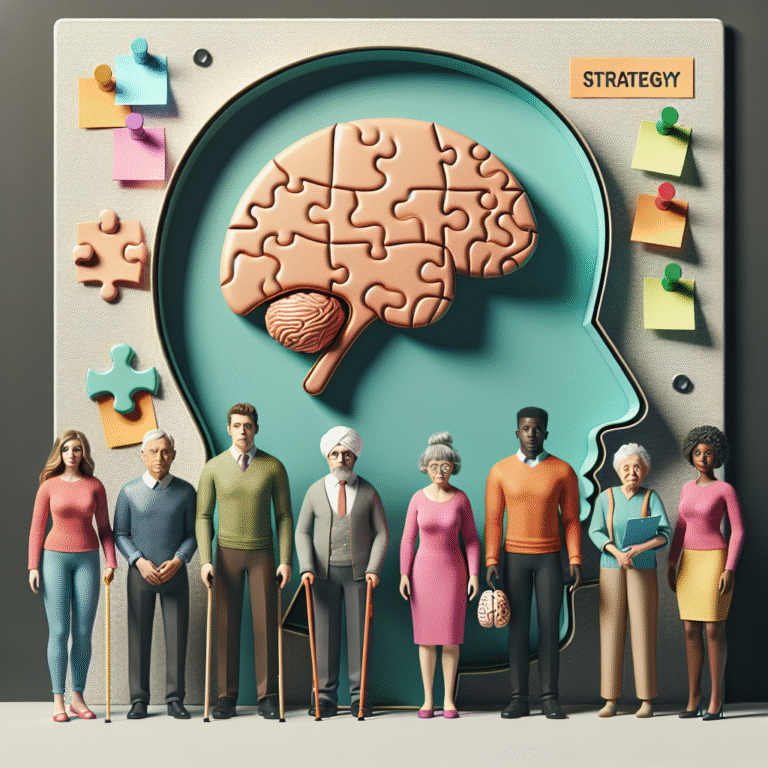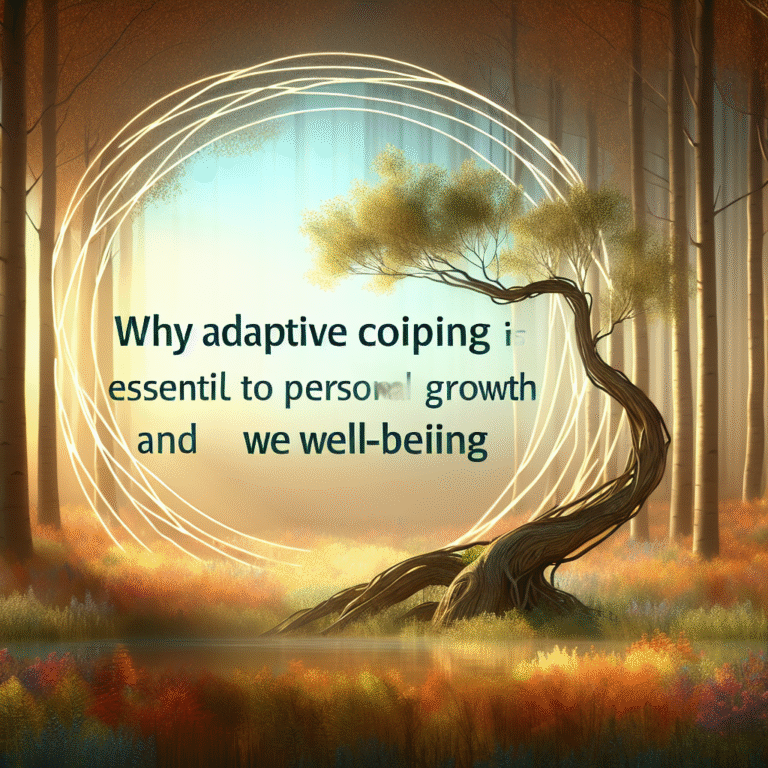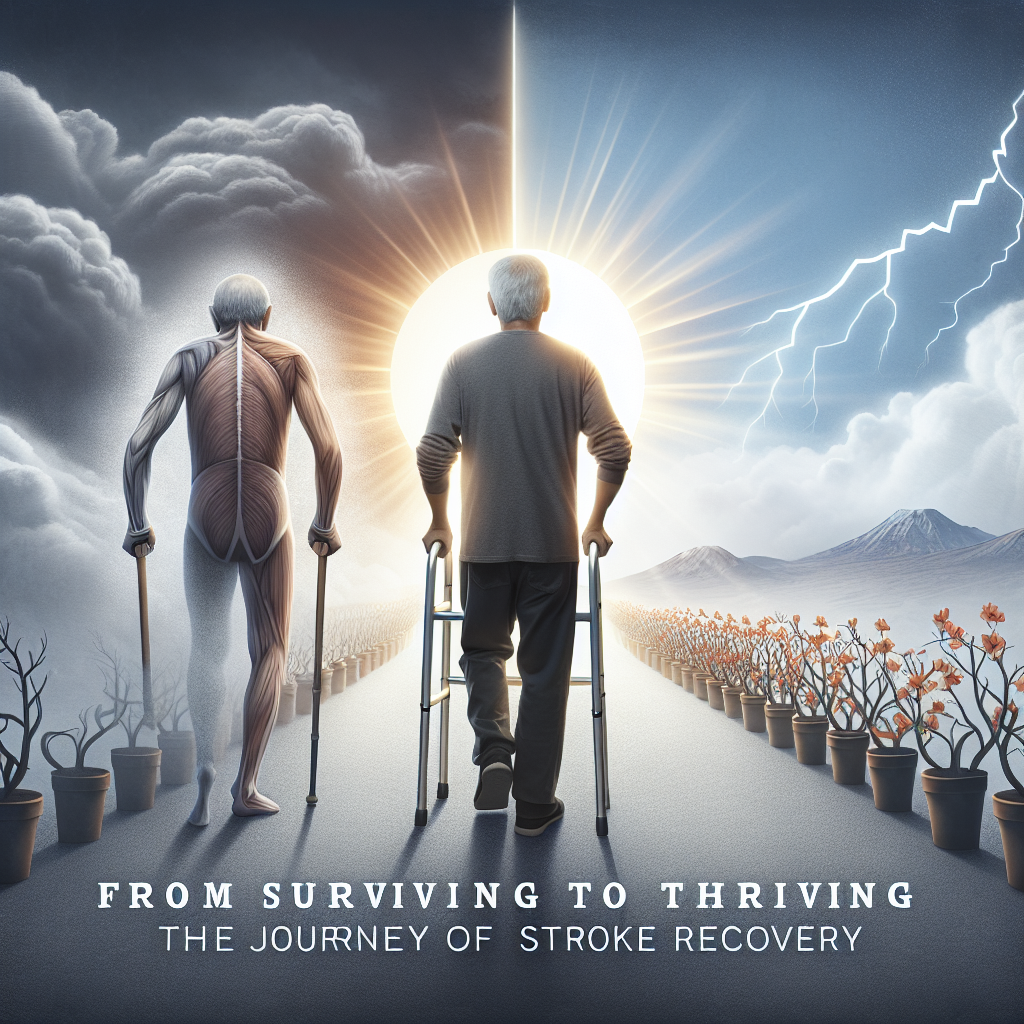
Introduction
Imagine waking up one day and feeling as if your body is no longer under your control. This is the reality for many individuals who experience a stroke. According to the World Health Organization, stroke is the second leading cause of death globally, with millions more facing long-term disabilities. Yet, beneath this dire reality lies a beacon of hope: the transformative journey from surviving to thriving following a stroke. This article explores that journey, examining what it means to recover from a stroke, the incredible resilience of the human spirit, and the practical steps that can help stroke survivors reclaim their lives. Join us on this enlightening journey—From Surviving to Thriving: The Journey of Stroke Recovery.
Understanding Stroke: The First Step in Recovery
What is a Stroke?
A stroke occurs when there is a sudden interruption in the blood supply to the brain, leading to the death of brain cells. This event can result from a blocked artery (ischemic stroke) or a burst blood vessel (hemorrhagic stroke). The effects of a stroke can vary dramatically depending on the area of the brain affected and the extent of damage.
The Immediate Aftermath: Surviving the Stroke
In the immediate aftermath of a stroke, the primary focus is survival. Emergency medical intervention is crucial. However, once the acute phase is over, the long road to recovery begins. So many survivors find themselves in a challenging situation—where they go from a life filled with potential to struggling with basic tasks like walking or speaking.
Case Study: John’s Miracle
Consider the case of John, a 62-year-old man who experienced a severe ischemic stroke. Initially, John’s survival was uncertain. He required immediate medical intervention, including surgery to remove a clot that was blocking blood flow to his brain. After stabilization, John transitioned from surviving to seeking recovery, marking the beginning of his inspiring journey.
The Impact of Stroke: Physical and Psychological Ramifications
Strokes affect individuals differently, but the common themes often include physical impairments, communication challenges, emotional distress, and cognitive difficulties. Understanding these impacts is essential for recovery planning.
Physical Ramifications
Physical limitations can manifest as paralysis, weakness, or coordination issues. Rehabilitation through physical therapy, occupational therapy, and exercise is crucial for regaining mobility and independence.
Psychological Ramifications
The emotional toll of a stroke cannot be underestimated. Survivors may experience depression, anxiety, and emotional lability. Counseling and support groups play a vital role in addressing these psychological impacts.
Transitioning from Surviving to Thriving
The start of the journey from surviving to thriving requires a mindset shift. This journey focuses not only on physical recovery but also on holistic wellbeing.
The Components of Successful Stroke Recovery
1. Rehabilitation: A Multidisciplinary Approach
The Importance of a Team
Success in stroke recovery often hinges on a collaborative approach involving medical professionals, therapists, and support systems. Stroke rehabilitation typically includes physical therapy, occupational therapy, speech therapy, and psychological support.
Table: Key Components of Stroke Rehabilitation
| Therapy Type | Focus Area | Goals |
|---|---|---|
| Physical Therapy | Mobility and coordination | Regaining strength and movement |
| Occupational Therapy | Daily living skills | Enhancing independence in daily tasks |
| Speech Therapy | Communication | Improving language and speech abilities |
| Psychological Support | Mental health | Addressing emotional wellbeing |
2. Setting Realistic Goals
Effective recovery requires setting attainable goals. This involves short-term objectives, such as improving mobility, and long-term aspirations, like returning to work or engaging in hobbies.
Case Study: Maria’s Goals
Maria, a 45-year-old stroke survivor, was initially focused on simply regaining her ability to walk. Through goal setting with her rehabilitation team, she could establish a clear path that included improving her balance, participating in group therapy, and eventually returning to her job as a teacher.
3. Emphasizing Neuroplasticity
One of the most exciting aspects of stroke recovery is the brain’s ability to rewire itself—a phenomenon called neuroplasticity. Engaging in activities that challenge the brain can foster new neural connections.
Techniques to Enhance Neuroplasticity:
- Engagement in Cognitive Tasks: Activities such as puzzles, learning a musical instrument, or exploring new hobbies can stimulate cognitive functioning.
- Repetition: Regular, repeated practice of movements or tasks aids in solidifying new neural pathways.
- Positive Reinforcement: Celebrating progress, regardless of how small, can encourage continued efforts towards recovery.
The Role of Nutrition in Stroke Recovery
Reinvigorating the Body
Nutrition plays a vital role in enhancing recovery. Following a stroke, a diet tailored to support healing can significantly influence overall wellbeing.
Recommended Nutritional Guidelines
- High Fiber: Incorporate fruits, vegetables, and whole grains to lower cholesterol and improve heart health.
- Healthy Fats: Focus on omega-3 fatty acids found in fish, walnuts, and flaxseeds to reduce inflammation.
- Hydration: Staying well-hydrated is essential for cognitive and physical functions.
Case Study: Tom’s Dietary Changes
Tom, a stroke survivor in his late fifties, transformed his diet from processed foods to nutrient-rich meals. With the guidance of a nutritionist, Tom’s newfound culinary habits not only supported his physical recovery, but also boosted his mood and energy levels.
Building a Support System
Family and Friends: A Foundation for Recovery
Having a strong support network is indispensable. Loved ones can provide emotional encouragement and practical assistance throughout the recovery process.
Communicating Needs
It’s essential for stroke survivors to communicate their needs clearly to their support network. This openness fosters understanding and more effective assistance.
Forgetting Isolation: Support Groups
Support groups can be invaluable for stroke survivors, providing a platform to share experiences and coping strategies. Interacting with others who have faced similar challenges offers a sense of belonging and encouragement.
Mental Wellbeing: Cultivating Resilience
Acknowledging Emotional Pain
Mental health is just as critical as physical recovery in the journey from surviving to thriving. Many stroke survivors grapple with feelings of frustration or loss. Accepting these emotions is the first step toward healing.
Resilience Training
Engaging in resilience training can help stroke survivors foster a positive mindset. Techniques such as mindfulness, journaling, and stress reduction strategies play an essential role in building emotional strength.
Case Study: Sarah’s Mindfulness Journey
After her stroke, Sarah began practicing mindfulness and meditation. This dedication to her mental wellbeing helped her combat anxiety and enhance her focus during therapy, significantly contributing to her recovery success.
The Power of Community
Connecting with Others
Engaging with community activities can provide stroke survivors purpose and joy. Many find fulfillment in volunteering or joining clubs, which helps combat isolation and boosts self-esteem.
Participating in Events
Numerous organizations host events and activities aimed at stroke recovery. These gatherings provide opportunities for survivors to connect, learn, and share their triumphs.
Conclusion
The journey from surviving to thriving following a stroke is undoubtedly challenging. However, with the right support, rehabilitation strategies, and a proactive mindset, it is possible to reclaim one’s life. Embracing this journey means recognizing the potential for growth and new beginnings, even in the face of adversity. Remember, recovery is neither linear nor swift, but each small step towards health and independence profoundly contributes to a thriving life after stroke.
Takeaway
As we reflect on the resilience demonstrated in the journey of stroke recovery, let it serve as a reminder that with perseverance and support, anyone can pave their path to a fulfilling and vibrant life post-stroke.
FAQs
1. How long does recovery from a stroke typically take?
Recovery from a stroke varies per individual and can take months to years. Many factors influence recovery time, including the severity of the stroke and the effectiveness of rehabilitation.
2. Can a stroke be prevented?
While some risk factors are uncontrollable, such as age and genetics, lifestyle changes—such as maintaining a healthy diet, exercising, and managing stress—can significantly reduce stroke risk.
3. Are there therapies for cognitive impairments after a stroke?
Yes, cognitive impairments can often be addressed through specialized speech and cognitive therapies designed to improve memory, comprehension, and problem-solving abilities.
4. What support is available for caregivers of stroke survivors?
Caregivers can access community resources, support groups, and training programs that provide guidance on best practices for caregiving and self-care strategies.
5. Is there a difference between recovery and rehabilitation?
Yes. Recovery refers to the overall process of regaining function and quality of life, while rehabilitation focuses specifically on therapeutic interventions aimed at improving physical and cognitive abilities.
In this comprehensive exploration of the journey from surviving to thriving in stroke recovery, we aim not only to inform but also to inspire. Each survivor’s path is unique, but with the right support and dedication, thriving is not just an ideal—it’s an achievable reality.

